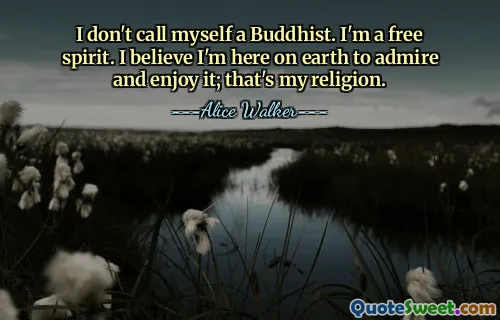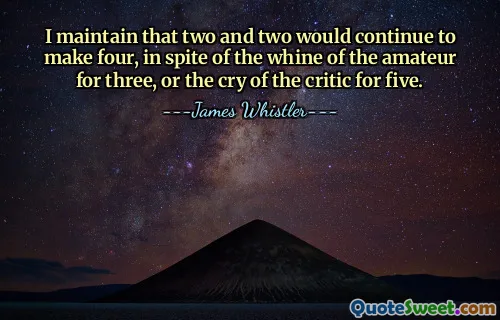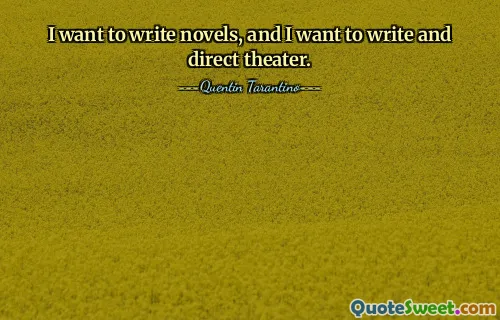
Some people say Earth is the bottom level of Purgatory. She pointed toward the floor and frowned. I call it the top floor of Hell.
This quote provokes a profound reflection on the human perception of suffering and existence. The analogy comparing Earth to Purgatory suggests that many believe our world is a transitional state of purification—a place where souls are refined before reaching divine harmony. However, the speaker's perspective, calling it the "top floor of Hell," shifts the focus from purification to condemnation, implying that the reality we inhabit might be more akin to a place of torment rather than innocence or cleansing. This duality speaks to the subjective nature of our understanding—how one might see life as an opportunity for growth, while others perceive it as a relentless struggle or punishment. The act of pointing toward the floor while frowning underscores a judgment on the very essence of our existence, perhaps hinting at how perception colors our experience. It also invites introspection into the societal or personal 'hells' we face—suffering borne from circumstances, choices, or environmental factors. In literature and philosophy, such metaphors challenge us to examine what we consider as hellish or divine, compelling a deeper awareness of the invisible prisons that contain our fears, regrets, and doubts. This insight remarkably resonates with the notion that perceptions of our reality significantly influence our emotional state and worldview. Whether Earth truly resembles Purgatory, Hell, or something else is a matter of perspective, but this quote captures the essence of inner conflict and the ongoing debate about the nature of human suffering and transcendence.






